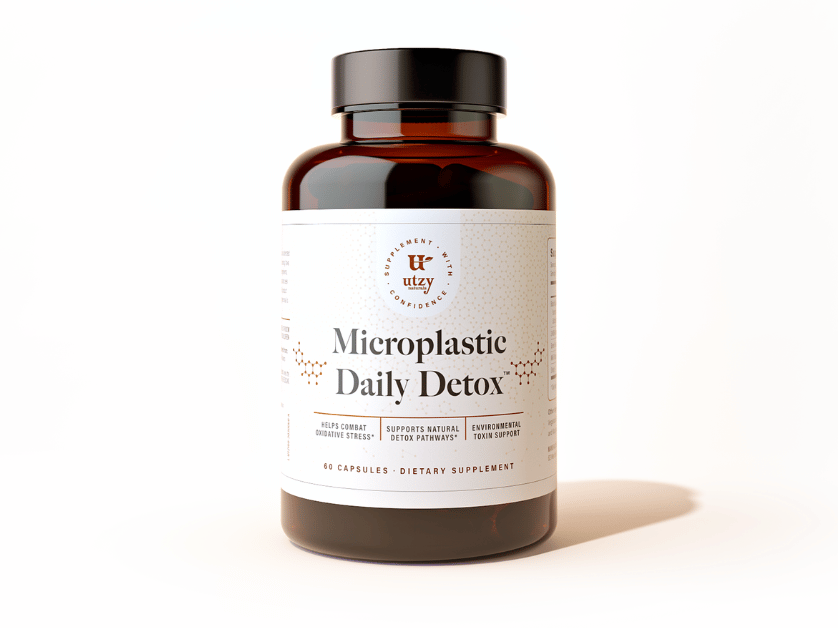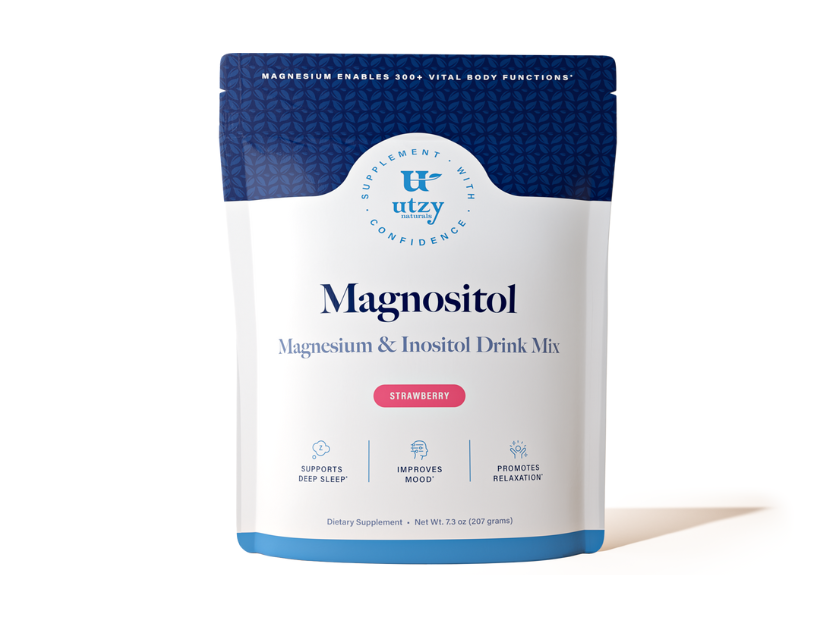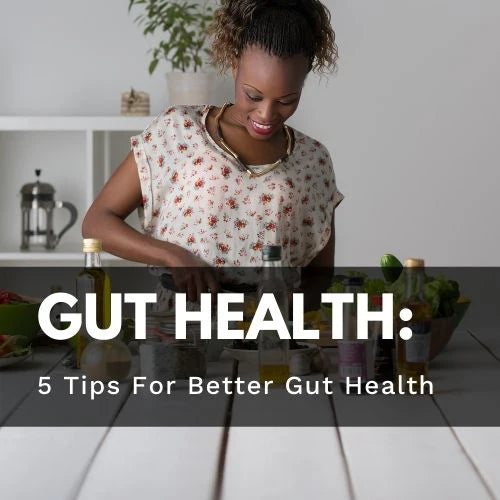shop
learn
Microplastics vs Nanoplastics: What’s the Difference and Why It Matters
August 14, 2025 3 min read
Plastic particles are showing up in places we never expected — from the food on our plates to the air we breathe.
Scientists classify these tiny pollutants into two main categories: microplastics and nanoplastics.
Understanding the differences between them helps us see why size matters when it comes to both environmental impact and human health.

What Are Microplastics?
Microplastics are plastic fragments smaller than 5 millimeters but larger than 1 micrometer.
To put that into perspective, they range from about the size of a sesame seed down to a tiny speck of dust.
They can form when larger plastic debris breaks apart over time or come from direct sources like synthetic fibers shed from clothing, tire wear, and certain packaging materials.
Microplastics have been detected in bottled water, seafood, fruits, vegetables, and even household dust.
What Are Nanoplastics?
Nanoplastics are even smaller, measuring less than 1 micrometer. This scale is so small that these particles are invisible even with a standard microscope.
Most nanoplastics come from the continued breakdown of microplastics.
Because of their size, they can move more freely through the body and, according to research, may be able to cross biological barriers that would block larger particles.
Key Differences Between Microplastics and Nanoplastics
Size and Scale
-
Microplastics are less than 5 millimeters but still visible with magnification
-
Nanoplastics are less than 1 micrometer and cannot be seen without specialized equipment
Movement in the Body
-
Microplastics can be inhaled or ingested and stored in tissues and organs
-
Nanoplastics may travel into cells and reach areas that larger particles cannot
Ease of Detection
-
Microplastics are easier to study and measure
-
Nanoplastics are harder to track and require advanced technology to identify
A Simple Visual
Imagine a quarter (about 24 mm wide). Now think of a sesame seed (around 3 mm), then a grain of sand (0.5 mm).
Microplastics are smaller than that grain of sand, and nanoplastics are hundreds of times smaller than the width of a single human hair.
Potential Health Considerations
While research is ongoing, studies suggest that microplastics and nanoplastics may:
-
Create oxidative stress that wears down cells
-
Contribute to imbalances in the body’s natural inflammatory responses
-
Disrupt the balance of beneficial gut bacteria
-
Interfere with normal hormone signaling from plastic additives (i.e. plasticizers)
-
Reach the brain and potentially affect mental clarity and focus
These particles are small, but their potential to influence how the body functions is significant.
Environmental Impact
Both microplastics and nanoplastics are persistent in the environment. They have been found in the ocean, rivers, soil, and the air.
Wildlife can ingest these particles, allowing them to move up the food chain until they reach humans.
Because they do not degrade completely, they continue to build up over time.
How to Reduce Your Exposure
You cannot completely avoid microplastics and nanoplastics, but you can limit your intake by:
-
Using a high-quality water filter
-
Avoiding heating food in plastic containers
-
Choosing loose-leaf tea instead of plastic-based tea bags
-
Storing food in glass or stainless steel containers
-
Rinsing rice and produce before cooking or eating
-
Reducing single-use plastic packaging when possible
Supporting the Body’s Natural Defenses
Even with careful habits, some particles will still make their way into your body. This is why it is important to maintain healthy detox pathways.
After more than a year of development, we created Microplastic Daily Detox, a daily supplement that contains:
- Black Kale – Activates your body’s Nrf2 detox pathway*
- Hobamine™ – Helps neutralize oxidative byproducts*
- Green Tea Extract – Supports healthy inflammation markers*
- Purified Shilajit – A mineral-rich adaptogen for cellular resilience*
- Milk Thistle – A traditional herb for liver support*
It is designed to help your body process and eliminate circulating microplastics so you can fight back against what you can’t see.
Learn more about Microplastic Daily Detox →

Dan Powers is the founder of Utzy Naturals, where he creates supplements to help people feel their best in today’s toxic, modern world. He’s passionate about simple, practical ways to live healthier and loves spending time with his family, gardening, and cooking.
Leave a comment
Comments will be approved before showing up.
Also in Health
Subscribe
Sign up to get the latest on sales, new releases and more …
Join the Utzy Naturals Club!
Sign up and get the latest on sales, new releases, and more...





